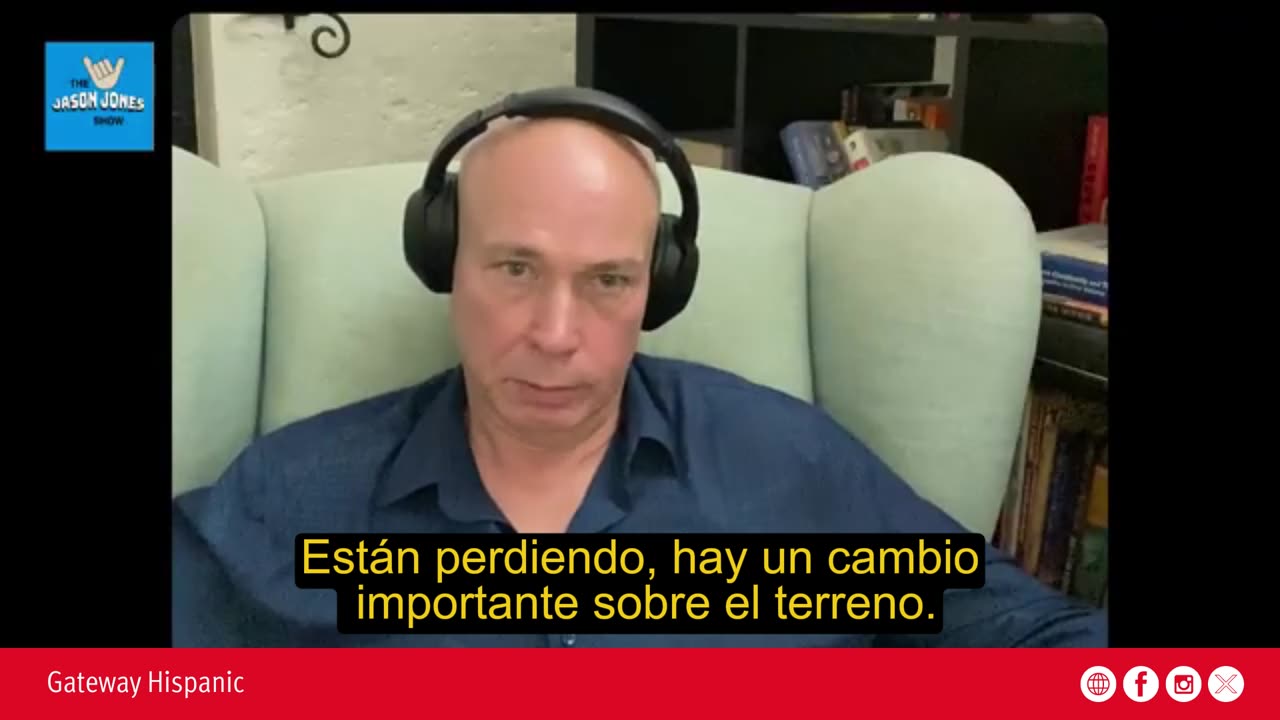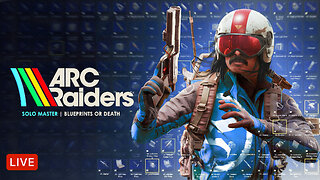Premium Only Content

Sudan at a Breaking Point: A War the Media Is Only Now Beginning to Notice
The crisis in Sudan has entered a decisive phase as international media—after months of silence—are finally beginning to direct their attention toward the conflict. However, according to regional experts, this sudden media interest does not stem from genuine concern for the Sudanese people but from a crucial shift on the battlefield: the Sudanese Armed Forces (SAF) are rapidly losing ground to the Rapid Support Forces (RSF).
In recent statements, an analyst explained that the current media narrative—focused heavily on RSF abuses—does not reflect a true humanitarian awakening:
“It’s not because they care about the people of Sudan… it’s because the SAF is losing.”
And the evidence on the ground confirms it.
Key Losses: El Fasher and the Advance Toward North Kordofan
Just a few days ago, Darfur’s capital, El Fasher, fell into RSF hands, in what many are calling the most significant turning point since the country’s collapse.
The advance did not stop there:
The capital of North Kordofan is on the verge of falling,
And the next target would be the national capital, Khartoum, now destroyed and under fragile control.
In fact, the Sudanese government no longer operates from Khartoum; it was forced to relocate to Port Sudan—an unmistakable sign of institutional and military weakness.
A Media Campaign with Political Objectives
According to the analyst, about four weeks ago, when the SAF’s military decline became undeniable, an international media campaign suddenly intensified to present the SAF as the “victim” and the “right side” of the conflict.
At the same time, the narrative portraying the RSF as the embodiment of “barbarism” was strengthened, aiming to pressure the international community into aligning automatically with the Sudanese Armed Forces.
The goal, according to sources:
to delegitimize the RSF and regain political backing for the SAF in the “Quad” negotiations, a key forum for Sudan’s future transition.
SAF Crimes Ignored in the Dominant Narrative
Despite the sudden concern over atrocities, there are facts many media outlets continue to omit.
When the SAF recaptured Khartoum months ago, images showed decapitations, child killings, and systematic massacres committed by their own troops.
These episodes were widely documented by witnesses but barely reported by international organizations.
In the analyst’s words:
“The images I sent you… were of massacres carried out by the SAF.”
This directly contradicts the “heroic national army” narrative now being pushed to rebuild international support.
The Total Destruction of Khartoum and a Nation on the Brink
Khartoum, once a vibrant city, is now described as “completely destroyed.”
The war has fractured Sudan politically, socially, and territorially, leaving millions of civilians trapped in a catastrophe that continues to worsen with no signs of resolution.
The Most Critical Moment Since the War Began
With El Fasher already in RSF hands and North Kordofan on the edge of falling, Sudan is approaching a point of no return.
If Khartoum becomes contested again, the conflict will enter an even more chaotic stage.
Meanwhile, the SAF’s media strategy is attempting to win externally what it has been unable to win on the battlefield: international support.
-
 LIVE
LIVE
DeVory Darkins
1 hour agoBREAKING: Hegseth drops NIGHTMARE NEWS For Mark Kelly with potential court martial
10,978 watching -
 LIVE
LIVE
Dr Disrespect
3 hours ago🔴LIVE - DR DISRESPECT - ARC RAIDERS - BLUEPRINTS OR DEATH
3,402 watching -
 2:00:25
2:00:25
Steven Crowder
4 hours agoNo Influencer Safe: New X Update Exposed A Major Psyop
357K203 -
 17:38
17:38
Professor Nez
1 hour agoTHIS will HAUNT Jasmine Crockett for Years...
7.9K16 -
 LIVE
LIVE
Sean Unpaved
2 hours agoJalen Hurts & Eagles COLLAPSE In LOSS vs. Cowboys | UNPAVED
138 watching -
 56:36
56:36
The Rubin Report
3 hours agoTense Moment at Trump-Mamdani Meeting That No One Predicted
31.1K38 -
 9:34
9:34
The White House
3 hours agoFirst Lady Melania Trump Welcomes the Official 2025 White House Christmas Tree
21.2K12 -
 LIVE
LIVE
LFA TV
16 hours agoLIVE & BREAKING NEWS! | MONDAY 11/24/25
2,538 watching -
 1:01:32
1:01:32
VINCE
5 hours agoNew Info Blows the Lid Off The Butler Assassination Attempt | Episode 175 - 11/24/25 VINCE
240K208 -
 1:46:29
1:46:29
The Mel K Show
2 hours agoMORNINGS WITH MEL K - A Time to Choose: The People Must Reclaim Power 11-24-25
22.1K2